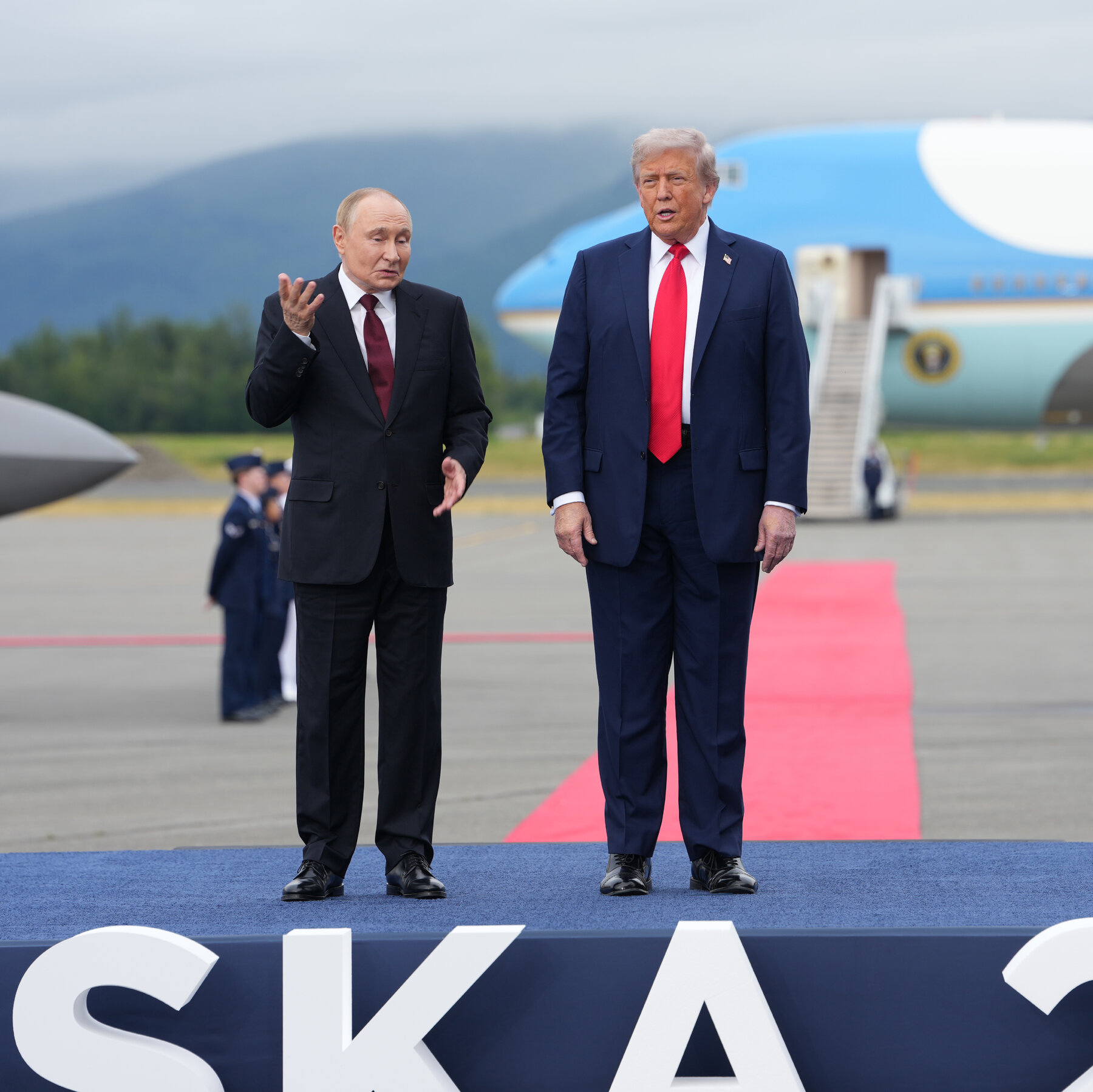An Auto Holy Grail: Motors That Don’t Depend on Chinese Rare‑Earths

Why the Industry Is Seeking a Break‑Free
Automakers are growing increasingly tired of being hostage to geopolitics. The bulk of the world’s rare‑earth supply—critical for the powerful magnets that drive today’s electric motors—originates from China, leaving manufacturers vulnerable to trade disputes, export bans, and price volatility.
The Magnet Problem
Most high‑efficiency electric motors rely on neodymium‑iron‑boron (NdFeB) magnets, prized for their exceptional magnetic strength. However, producing these magnets requires a suite of rare‑earth elements that are scarce outside of Chinese mines, making the supply chain both fragile and costly.
Exploring Alternative Technologies
Several pathways are being pursued to reduce or eliminate the need for rare‑earth magnets:
- Induction motors—which use copper windings instead of permanent magnets—are gaining attention for their simpler construction and lower material risk.
- Hybrid designs that combine a smaller amount of rare‑earth material with flux‑concentrating structures, aiming to retain performance while cutting dependency.
- Research into new magnetic alloys, such as iron‑nitride or manganese‑based compounds, that could rival NdFeB’s strength without the same supply constraints.
Industry Initiatives
Major players—including Tesla, Volkswagen, and Toyota—have launched programs to test non‑magnetic motor architectures in upcoming models. Meanwhile, governments in Europe and the United States are funding rare‑earth recycling projects and domestic mining efforts to diversify the supply base.
Looking Ahead
The quest for a “holy grail” motor that delivers high efficiency without relying on Chinese rare‑earths is still in its early stages, but progress is accelerating. If successful, the next generation of electric vehicles could enjoy greater price stability, reduced geopolitical risk, and a smaller environmental footprint.







